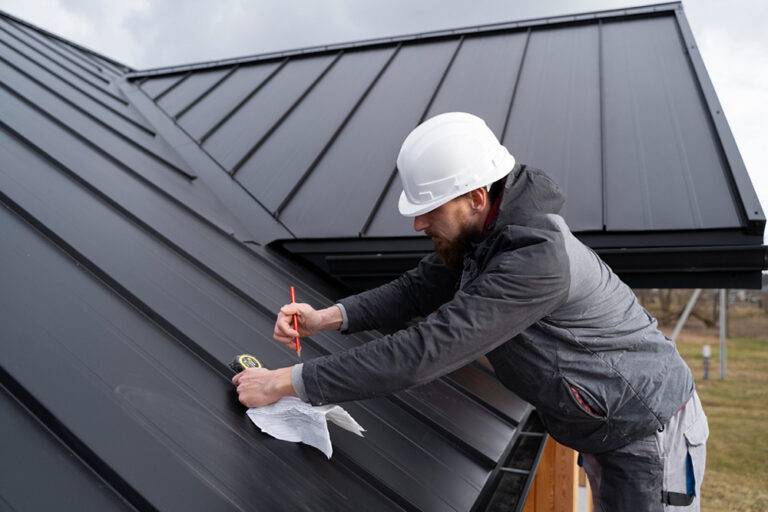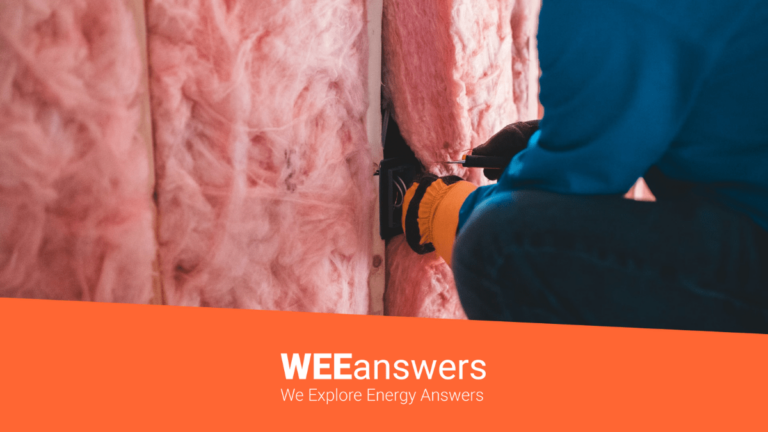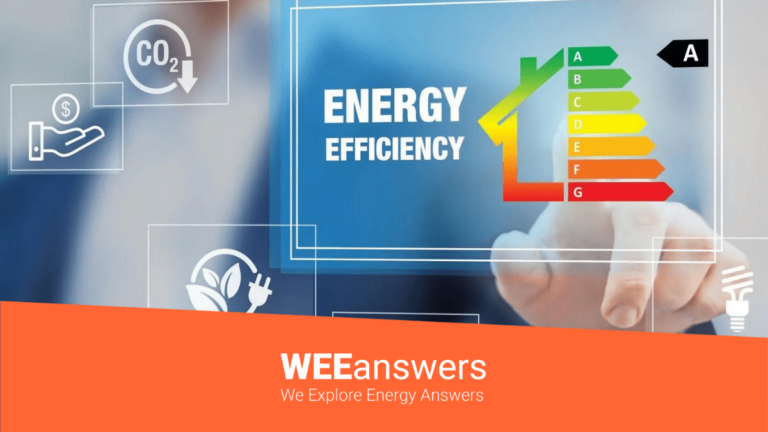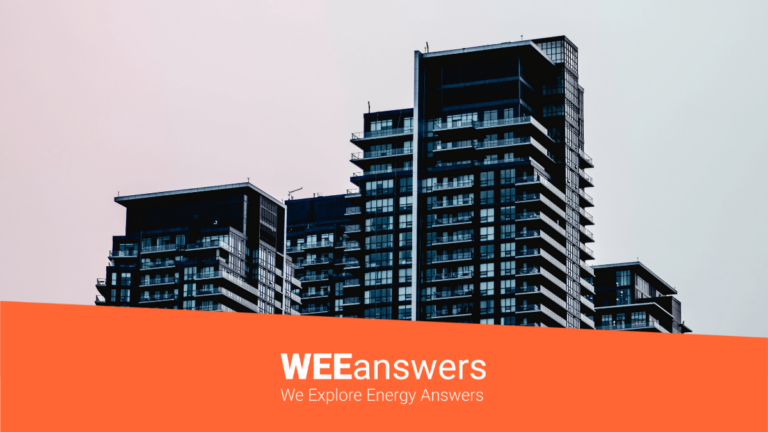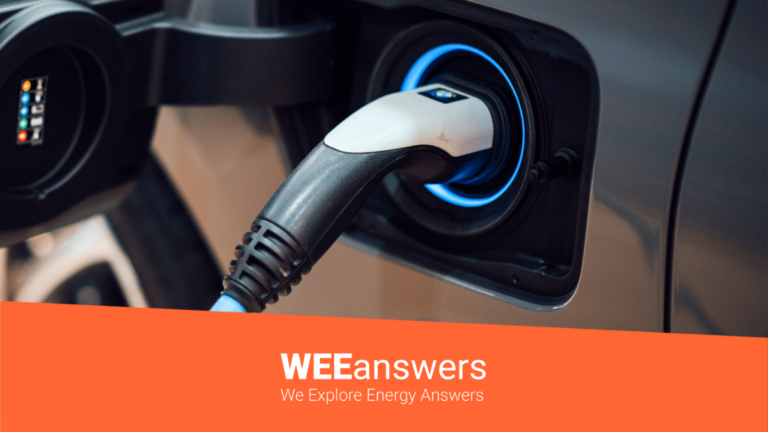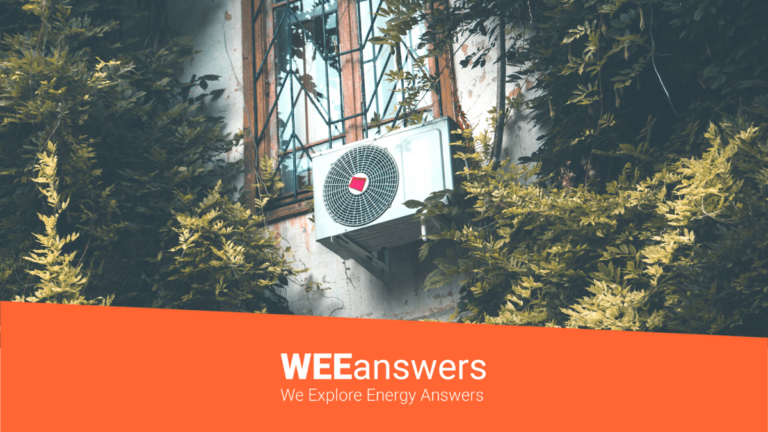MyHEAT
201-1228 Kensington Rd NW
Calgary, AB T2N 3P7
Canada
What is Insulation ‘R-value’?
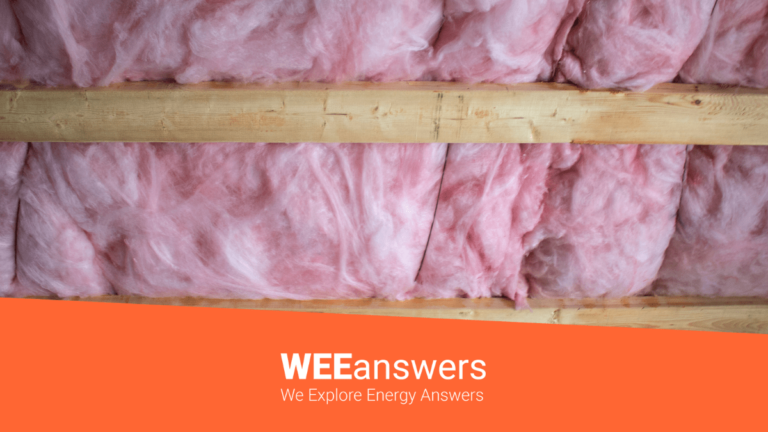
Understanding insulation R-Value can keep your home warm in the winter and cool in the summer. It can also prevent mold growth and also keep unwanted noise out.

